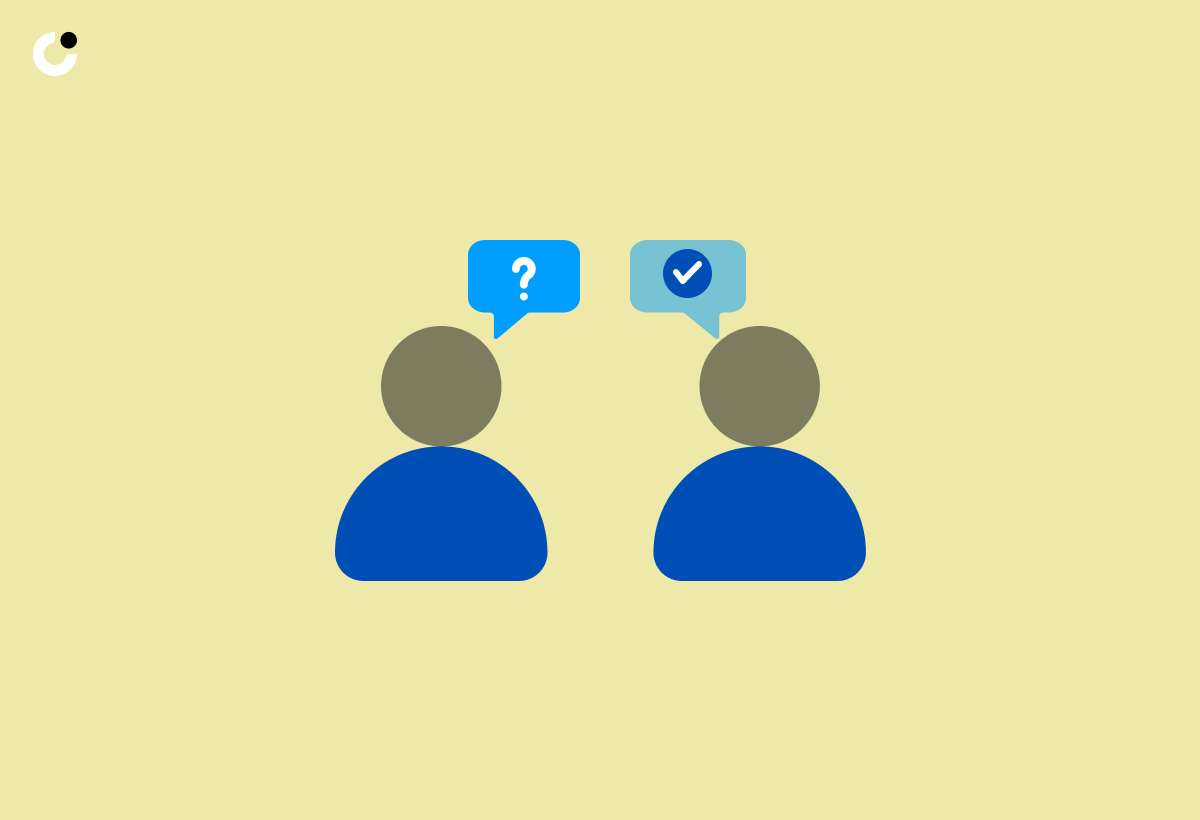In today's fast-paced digital world, customer service emails play a crucial role in enhancing communication between businesses and their customers. From understanding the different types of customer service emails to crafting effective responses, this article covers best practices, tips, and examples to help you improve your customer service communication.
We explore the benefits of implementing unified communication platforms, provide FAQs on common inquiries, offer templates for response examples, and discuss strategies for success in demonstrating empathy in customer service emails.
Join us as we delve into the world of customer service emails and learn how to elevate your customer experience.
Key Takeaways:
Personalization is key in customer service emails. Use the customer's name, acknowledge their issue, and provide a customized solution.
Keep your language clear, concise, and professional in customer service emails. Avoid using technical terms and industry jargon to ensure clear communication.
Empathy is essential in customer service emails. Use positive language, acknowledge the customer's feelings, and offer support to build a strong customer relationship.
Understanding Customer Service Emails

Understanding Customer Service Emails is crucial in enhancing customer satisfaction and resolving issues effectively through digital communication channels such as email.
Types and Examples
Customer Service Emails encompass various types and examples, including templates for different scenarios to ensure customer satisfaction and efficient issue resolution.
Transactional emails are typically sent to confirm a purchase or provide shipping information, while welcome emails are aimed at new customers to introduce them to the brand.
Follow-up emails play a crucial role in collecting feedback and improving customer relationships. Crafting personalized responses using a CRM system can enhance the overall customer experience.
Including clear contact forms and detailed instructions can streamline the communication process and address customer inquiries promptly.
Crafting Effective Customer Service Emails

Crafting Effective Customer Service Emails is a cornerstone of building strong customer relationships, ensuring high customer satisfaction levels and valuable feedback.
Best Practices and Tips
Effective communication, company branding, and robust support mechanisms are key elements in crafting successful customer service emails.
When structuring customer service emails, it is vital to maintain a professional yet friendly tone that reflects the company's values and ethos. The language used should be concise, clear, and easy to understand to ensure customers grasp the information provided quickly. Optimizing email responses involves promptly addressing customer queries or concerns, providing relevant and accurate product pricing details, and offering additional assistance if needed.
Incorporating branding elements such as logos, colors, and taglines in the email's design can strengthen brand recognition and reinforce the company's image. To enhance support team efficiency, consider implementing automated responses or utilizing chatbots for commonly asked questions, freeing up agents for more complex issues.
Enhancing Communication in Customer Service

Enhancing Communication in Customer Service is vital for delivering exceptional customer experiences and fostering long-term relationships with customers.
Key Takeaways
Key takeaways from enhancing communication in customer service include better issue resolution, improved support services, and enhanced marketing opportunities.
Resolving customer issues promptly is key to ensuring high satisfaction levels. Effective communication ensures that support teams can efficiently address concerns, leading to increased customer loyalty. By utilizing templates for responses, support representatives can provide consistent and timely solutions, streamlining the resolution process.
Leveraging technologies such as chatbots and CRM systems can enhance communication channels, allowing for quick and personalized interactions with customers.
Successful communication strategies involve active listening, empathy, and clear articulation of solutions. For instance, sending targeted marketing messages based on customer preferences gathered through effective communication can boost sales and brand engagement.
Implementing Unified Communication Platforms

Implementing Unified Communication Platforms streamlines customer interactions, offering various benefits and strategies to enhance overall service delivery.
Benefits and Strategies
Unified communication platforms offer benefits such as real-time feedback collection, streamlined company operations, and enhanced product support.
These platforms play a crucial role in improving communication within an organization by providing a centralized hub for all communication channels. By integrating various tools like voice calls, video conferencing, messaging, and file sharing, companies can facilitate quicker decision-making processes and foster collaboration among teams. This seamless flow of information across departments leads to increased efficiency and productivity.
Unified communication tools enable companies to gather valuable feedback from customers promptly, allowing for faster responses to inquiries and concerns. This not only enhances customer satisfaction but also provides insights that can be utilized to tailor marketing strategies and improve overall product offerings.
FAQs on Customer Service Emails

FAQs on Customer Service Emails address common inquiries related to email communication, customer support, and issue resolution, offering quick solutions to popular queries.
Common Inquiries
Common inquiries in customer service emails often revolve around empathy in responses, order confirmations, and effective use of email addresses for communication.
When addressing the tone of email responses, it is crucial to strike a balance between professionalism and empathy. Customers appreciate a personalized approach that acknowledges their concerns. For instance, using phrases like 'We understand how frustrating this situation can be' or 'Thank you for bringing this to our attention' can convey empathy while maintaining professionalism.
Order confirmations play a vital role in setting customers' expectations and building trust. Sending a clear and detailed confirmation email not only reassures the customer but also reduces the likelihood of any misunderstandings or disputes.
Utilizing email addresses effectively involves segmenting your audience for targeted marketing campaigns. By creating customer-specific templates and leveraging automation tools like chatbots, businesses can streamline communication and enhance customer experience.
Templates for Customer Service Responses

Utilizing templates for customer service responses streamlines communication processes, ensuring consistency and efficiency in handling customer inquiries and feedback.
Response Examples
Response examples in customer service emails showcase best practices in addressing customer queries, offering solutions, and leveraging email communication for marketing purposes.
When responding to customer inquiries, it is crucial to maintain a professional tone while showing empathy towards their concerns. For instance, stating that the team values customer satisfaction above all else can reassure customers of dedicated service. Providing detailed explanations along with solutions can improve customer trust in the brand. Fostering a positive interaction can also encourage customers to share their feedback or recommend the company to others, thereby expanding the customer base organically.
Empathy in Customer Service Emails

Empathy in Customer Service Emails is a fundamental component for building rapport with customers, resolving issues sensitively, and ensuring successful customer interactions.
Strategies for Success
Implementing empathetic strategies in customer service emails can positively impact company reputation, product perception, and customer loyalty.
By showcasing empathy in responses, customers feel valued and understood, leading to increased satisfaction and loyalty. When addressing customer inquiries or concerns, empathy plays a crucial role in diffusing tense situations and building trust.
Effectively integrating empathy involves actively listening to customers, acknowledging their feelings, and offering genuine solutions. Providing personalized experiences, relevant information, and transparent product pricing can further enhance the customer's experience and strengthen the relationship with the brand.
Frequently Asked Questions
1. How can I enhance my customer service through crafting responsive emails?
By carefully crafting your emails to be personalized, prompt, and solution-oriented, you can create a positive and efficient customer service experience for your clients.
2. What are the key elements of a responsive customer service email?
A responsive customer service email should include a personalized greeting, a clear and concise message, a prompt response time, and a solution or resolution to the customer's issue.
3. How can I ensure that my customer service emails are personalized?
Take the time to address the customer by name, reference their specific issue or concern, and use a friendly and empathetic tone to show that you value their business.
4. Why is it important to respond promptly to customer service emails?
Prompt responses show that you value your customers' time and concerns, and can prevent further frustration or dissatisfaction. It also helps to maintain a positive image for your company.
5. What should I do if a customer's issue cannot be resolved through email?
If the issue cannot be resolved through email, offer alternative options such as a phone call or in-person meeting. This shows your dedication to finding a solution and providing excellent customer service.
6. How can I use customer feedback to improve my customer service emails?
Encourage customers to provide feedback on their experience with your customer service emails. Use this feedback to make adjustments and improvements to better meet their needs and expectations.

